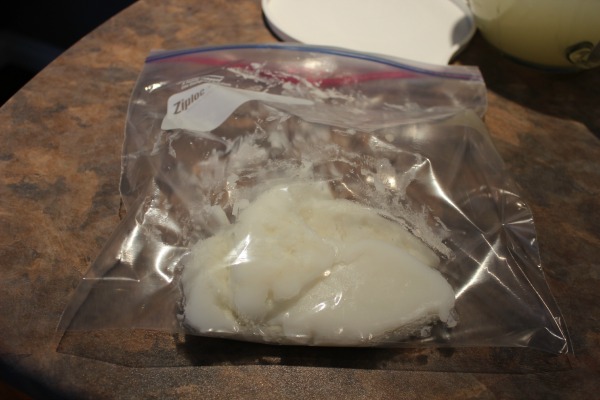
Why use lard?
Lard or pig fat has several great characteristics that turn it in the perfect ingredient for making soap. Knowing how to render the fat for lard soap, will cut down on homemade soap costs and is a sustainable way to use all the animal.
Before we take a look at the process, it’s important to shed some light on what is lard and why it happens to be such a great natural soap ingredient.
What is lard?
Rendered lard is cooked pig fat. Rendering is the process of getting the fat to melt off. Lard is used for cooking and eaten as a spread. It is a popular ingredient in baking and frying. It can also be used as a biofuel and in soapmaking.
Benefits of lard in soap
Some people have the very wrong idea that animal fats like lard and tallow will clog the pores and make the soap “heavy”. Lard or pig fat will produce creamy and stable lather. In addition, it has mild moisturizing qualities that will prevent the soap from drying the skin.
Lard soap is highly compatible with the structure of the human cells. Our cell membranes are largely composed of saturated fats, just like the ones found in lard. This is the main reason why soaps based on animal fats have the nourishing properties that plant-based fats don’t deliver. Plant-based fats like olive or almond oil, for example, are a source of monounsaturated fats.
In addition, lard will make the soap bar hard and long-lasting. Some plant-based oils can turn the soap into a big pile of blob immediately after wetting. This can be a huge problem that can be solved through the addition of lard.
Lard offers other benefits to soapmakers because it is an affordable and easy to find ingredient. It is a sustainable soap ingredient. By using the lard we are ensuring that the whole animal is being used.